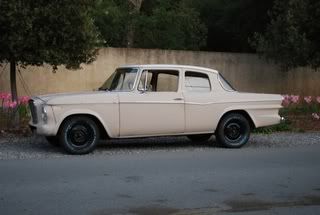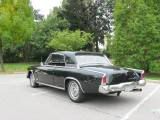I'm makeing a tool that mounts on back of crank,"useing a front crank hub and a peice of bar stock". would someone with experiance lineing up bell housings be kind enough to email me so I can email them pics of what I have,and get some feed back?(I only know how to send pics to emails)I really think this will work well?but feedback is good!
Joseph R. Zeiger
Joseph R. Zeiger








Comment